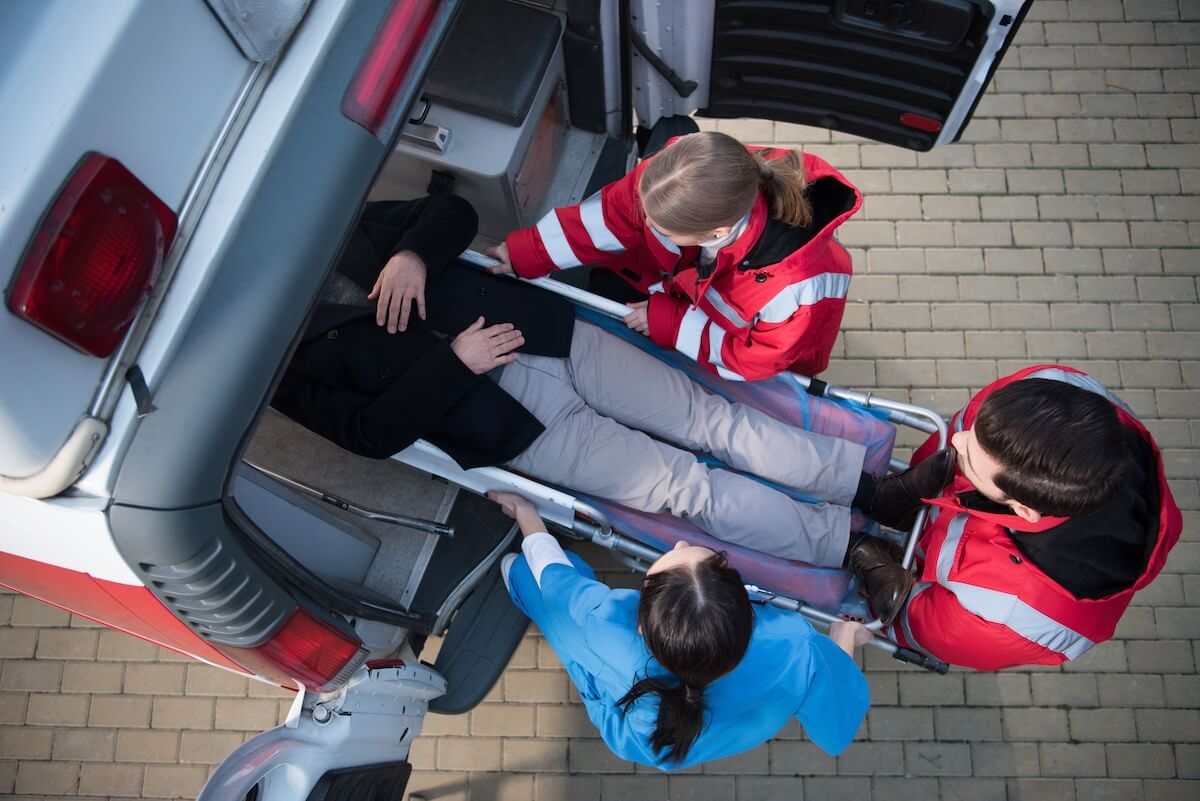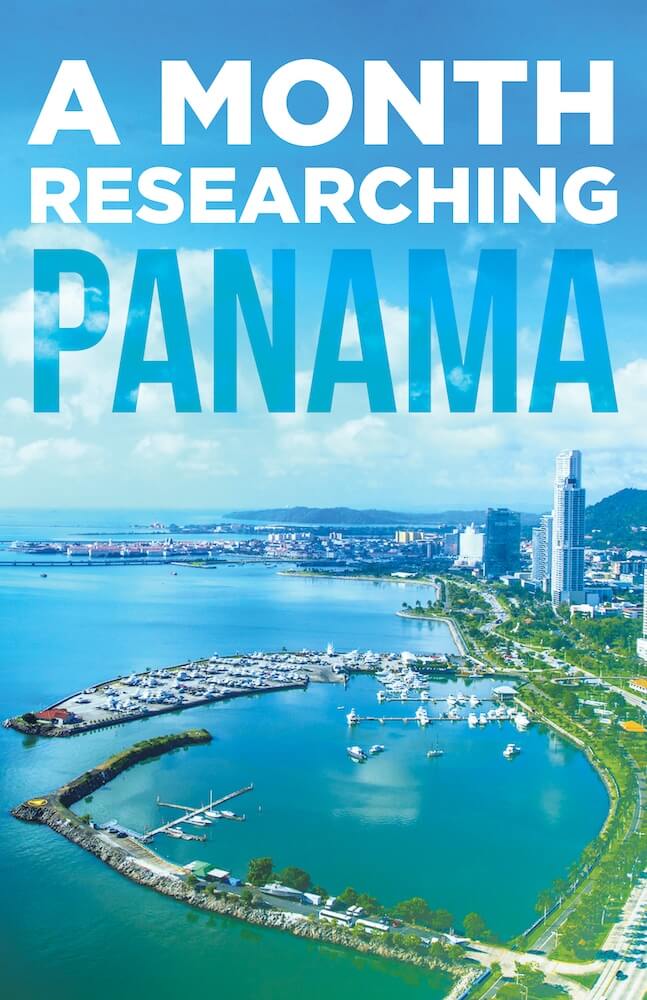It’s doesn’t happen often, but it does happen.
The other day I heard the unmistakable noise of an ambulance’s motor running while medical responders attempted to stabilize a patient before taking them to the hospital. The muffled sounds of stretchers being locked into place and the rips of plastic bags releasing breathing masks and tubes, filled the air.
When I took a closer look, I was stunned to see the patient was someone I knew. We shared a passion for hiking, swimming, and bicycling. I always assumed he was in great shape so I was stunned when told it was a heart attack.
I made a mental note to call the local clinic in Coronado for an update but I figured it couldn’t be too serious; the guy looked like a model for an older man living the good life.

No Medicare in Panama
As it turned out, it was serious and he stayed for two weeks in a Panama City hospital being stabilized before he was flown to the States for more extensive care. He could have received all the care he needed, without having to fly to the United States, but he did not have medical insurance. Even in Panama, where healthcare costs are very reasonable, the bills can add up.
“He didn’t have medical insurance?” I asked his wife as kindly as I could, when she was closing up their condo and preparing to return to Texas.
“We assumed Medicare would be fine in Panama. We are US citizens after all,” she responded. “It doesn’t cover anything here. You must be treated in a United States hospital for Medicare to pay. We didn’t do our homework. I trusted him to do the planning and he didn’t,” she said painfully. “I should have checked in.”
I found later, that she was absolutely correct. Medicare, the health insurance provided for every US citizen aged 65-years or older, is only good in the United States. There are some odd places along the Mexican and Canadian borders where if a foreign hospital is closer to the home address of the insured, treatment can be received in a foreign hospital or if you are flying to Alaska over Canada or on a cruise ship in US territorial waters, but for 99.9% of the cases, services are covered only in the United States.
I later heard the man’s bill, for two weeks of intensive care in Panama, ran about $25,000, far less than what would have been incurred in the States, Canada, or Europe. It’s still a big chunk of change and something that could have been easily avoided.

Healthcare Options in Panama
Panama offers government-sponsored health insurance for its citizens and permanent residents, but the treatment options are limited to public hospitals and clinics. Most expats prefer the private hospitals in Panama because many physicians are US-trained and bilingual.
Most of the private hospitals in Panama offer “hospital memberships” which will cover everything from 100% of an emergency hospital visit to 50% of routine check-ups and screening and 70% of diagnostic testing. These membership run as low as $20 a month, but you need to join prior to being rushed to the hospital.
I know other expats who have used private health insurance from companies based in the United States, but they paid up front and collect from their private insurer once they returned home. There were a lot of problems, however, because the records were in Spanish and it was difficult to get everything approved.
International Health Insurance
Most foreign health insurance companies do not like to provide coverage for people who live, pretty much full-time, in Panama and there are local Panamanian companies who provide specific coverage for services received in Panama. When someone wants a name they feel can be trusted, I always like to tell them to consider Mutual of Omaha because they provided insurance for the workers building the Panama Canal over 100 years ago and are still providing coverage today.
The fact so many expats take the opportunity to travel outside Panama, while living here, I also suggest they consider an “international health insurance” policy. Those policies are available in the States, Canada, Europe and Panama and provide coverage in most countries. It just takes a little research to find the right fit.
Do Your Research
It’s different for everyone and I certainly can’t suggest what you should do, other than do your research and plan ahead. Canadians must live in Canada at least six months of the year to be eligible for government coverage. That we why, in part, we have so many part-time Canadian residents.
There are insurance representatives in Panama who are licensed with multiple companies and well-equipped to advise you about local policies. You will need to be careful, because you can become over-insured and then problems arise about which insurance policy is primary. Check with your individual health insurance, ask lots of questions, then start to fill in the coverage locally.
Even though Panama has very good healthcare, many people are more comfortable in their home country when they are ill and needing care. If that is the case, then consider adding medical transport insurance to your annual coverage.

I haven’t heard from my friend and his wife since they left for the States. I know put their condo on the market and it makes me sad, knowing how much they were enjoying life in Panama. It may take some tenacity on your part, but dig in, ask the right questions and become appropriately insured. It’s easy to develop a strong network of care providers throughout Panama and to simply pay for routine visits, but a big emergency is another situation. Figure out how you will obtain your medications, how you will pay for care, and if an emergency strikes, take control by being covered!

